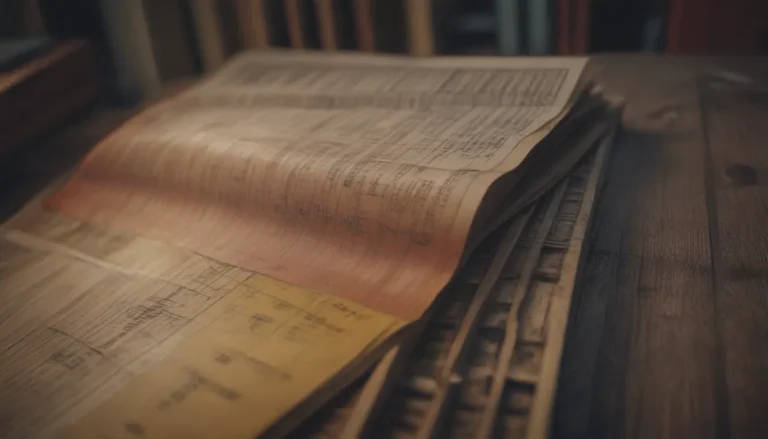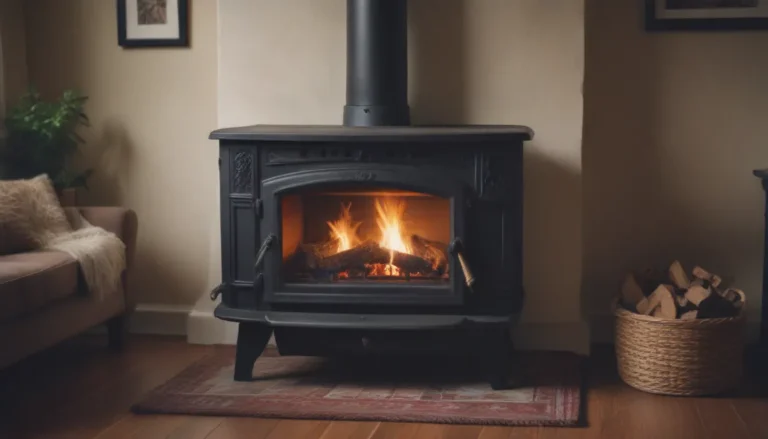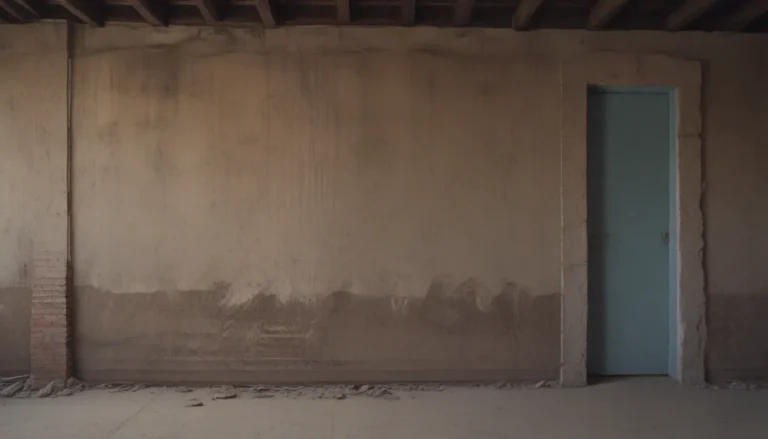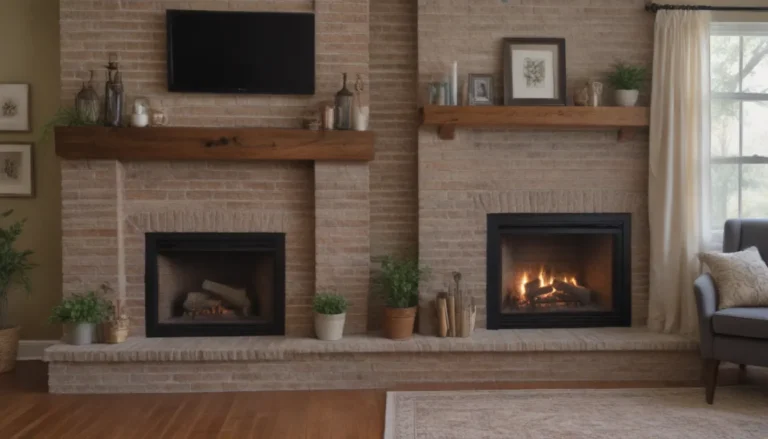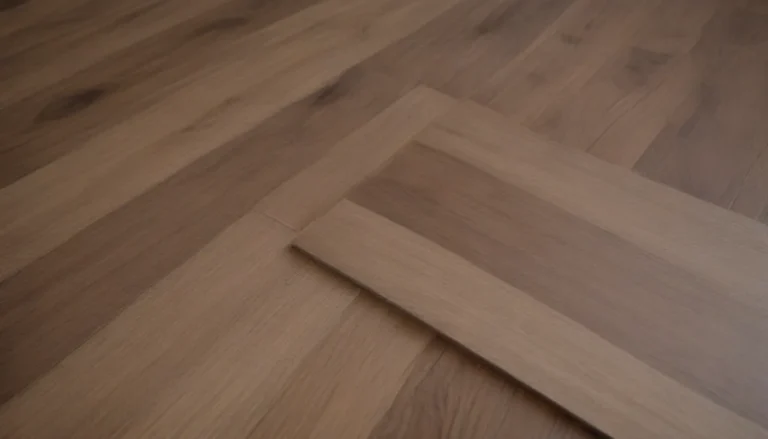The Ultimate Guide to Plywood: Understanding Different Types, Grades, and Ratings
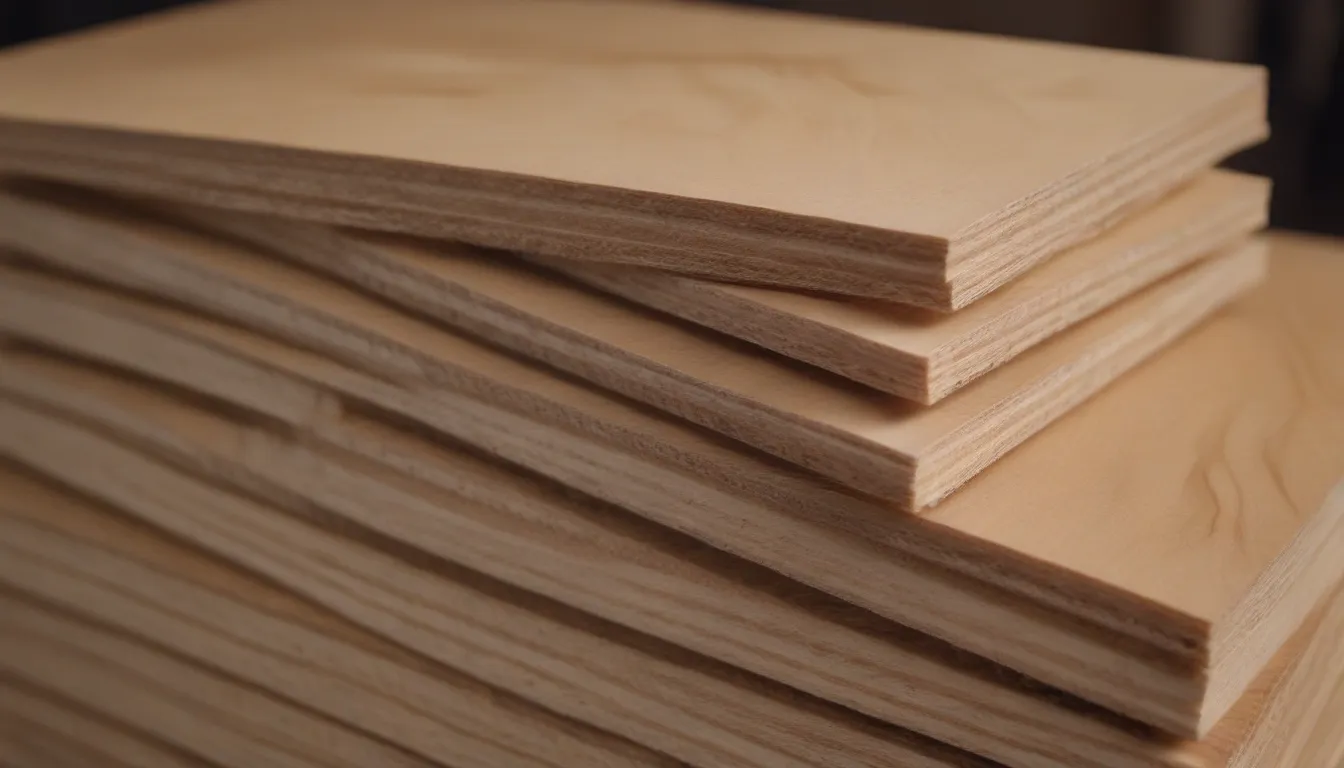
Welcome to the ultimate guide to plywood! Whether you’re a seasoned builder or a DIY enthusiast, knowing the ins and outs of plywood can make a world of difference in your projects. Plywood is a versatile material used in various construction projects, from furniture-making to deck-building. In this detailed guide, we will explore the different types of plywood, grades, ratings, and everything you need to know to choose the right plywood for your project.
What is Plywood?
Plywood is a type of engineered wood made by gluing together several thin layers, called plies, in alternate right angles. This cross-grain pattern gives plywood its strength and durability, making it resistant to shrinkage and expansion caused by moisture. Let’s dive in and explore the various types of plywood available in the market today.
Types of Plywood
Aircraft Plywood
- Made from hardwood boards for heat and moisture resistance.
- Light and flexible yet strong and durable.
- Ideal for building airplanes, boats, and tough furniture projects.
Softwood Plywood
- Constructed using high-quality softwoods like redwood, cedar, and pine.
- Suitable for roof sheathing, subfloors, and exterior frame sheathing.
- Easy to cut, sand, and shape, making it a popular choice for custom woodworking projects.
Hardwood Plywood
- Made from hardwoods like birch, maple, or oak for strength and durability.
- Perfect for furniture-making projects and structural construction.
- Heavier than softwood plywood but provides necessary density and support for heavy structures.
Exterior Plywood
- Designed for long-lasting weather-resistance, mold-resistance, and rot-resistance.
- Uses waterproof and weather-resistant adhesive for building exteriors.
- Ideal for making strong wood frames, beams, and flooring.
Structural Plywood
- Also known as sheathing plywood, it is strong and weather-resistant.
- Comes in C or D grades for durability and support in exterior construction.
- Not recommended for fine woodworking but suitable for framing and sheathing.
Flexible Plywood
- Thin and flexible material used for making curves and bends in construction frames.
- Features a cross-grained central ply and decorative overlay for attractive finish.
- Ideal for unique furniture designs and custom woodworking projects.
Lumber Core Plywood
- Designed for projects requiring screws and fasteners.
- Two exterior veneers of hardwood with inner core made from tightly glued-together wood strips.
- Provides solid support for fasteners, ensuring structural integrity.
Marine Plywood
- Grade A marine-grade plywood constructed with strong, waterproof adhesives.
- Water-resistant construction perfect for outdoor projects like plant boxes, decks, and gazebos.
- Requires painting or staining for UV protection and longevity.
Markerboard Plywood
- Coated with a writing surface for dry erase markers.
- Used for markerboard walls, displays, craft tables, and art classrooms.
- Wipeable surface for easy cleanup and reusability.
Overlaid Plywood
- Finished with a thin ornamental veneer for decorative purposes.
- Water-resistant and abrasion-resistant surface for durability.
- Ideal for fine woodworking, furniture-making, and finishing projects.
Ply Layers
A ply refers to a layer of veneer, with plywood typically having an odd number of plies. Starting with three plies, plywood can have 5-ply, Multi-ply configurations for varying strength and durability.
- 3-ply
- 5-ply
- Multi-ply
Plywood Grades
Plywood comes in four grades, ranging from A to D, with some materials having two-letter classifications like BC. Understanding plywood grades is crucial in choosing the right material for your project.
- A-grade plywood
- B-grade plywood
- C-grade plywood
- D-grade plywood
Plywood Ratings
There are five key ratings for plywood, including exterior, exposure 1, exposure 2, interior, and structural 1. Each rating indicates the suitability of plywood for different environments and purposes.
- Exterior
- Exposure 1
- Exposure 2
- Interior
- Structural 1
Choosing the best type of plywood depends on the specific requirements of your project. Whether you need durability, flexibility, or water-resistance, there is a type of plywood to suit your needs. Understanding plywood grades and ratings can help you make an informed decision on the right material for your next project.
In conclusion, plywood is a versatile and reliable material used in a wide range of construction projects. By knowing the different types, grades, and ratings of plywood, you can confidently choose the best material for your specific needs. Whether you’re building furniture, constructing a deck, or tackling a custom woodworking project, choosing the right plywood is essential for a successful outcome. So, next time you embark on a project, remember to consider the type of plywood that will best suit your requirements. Happy building!

